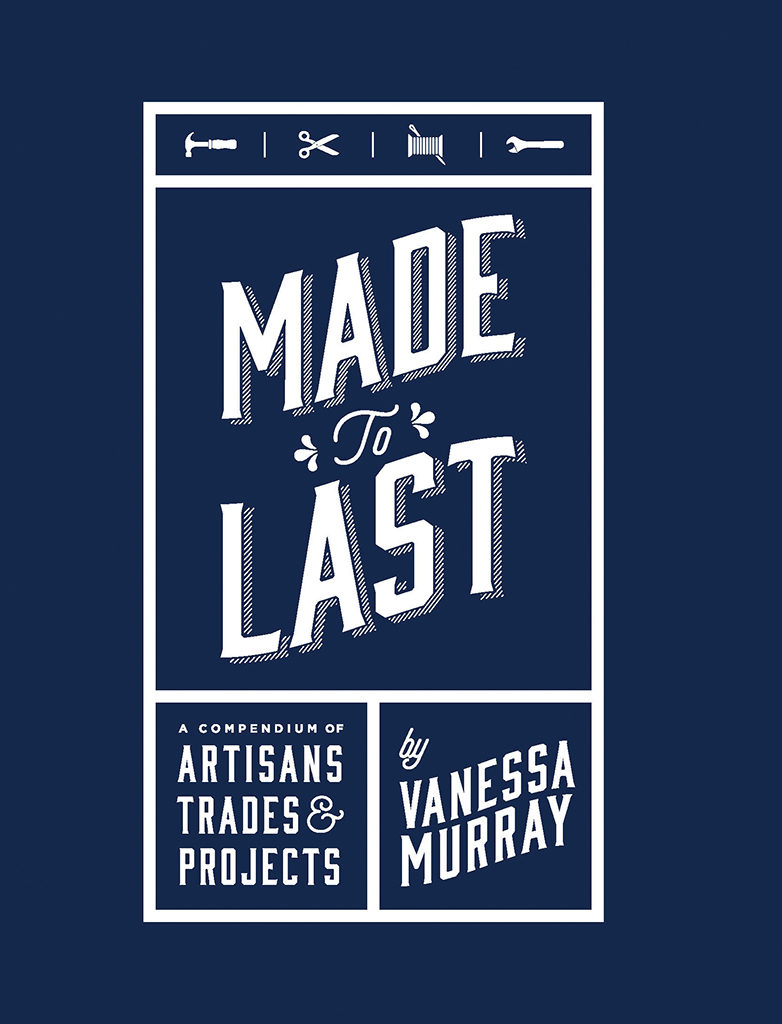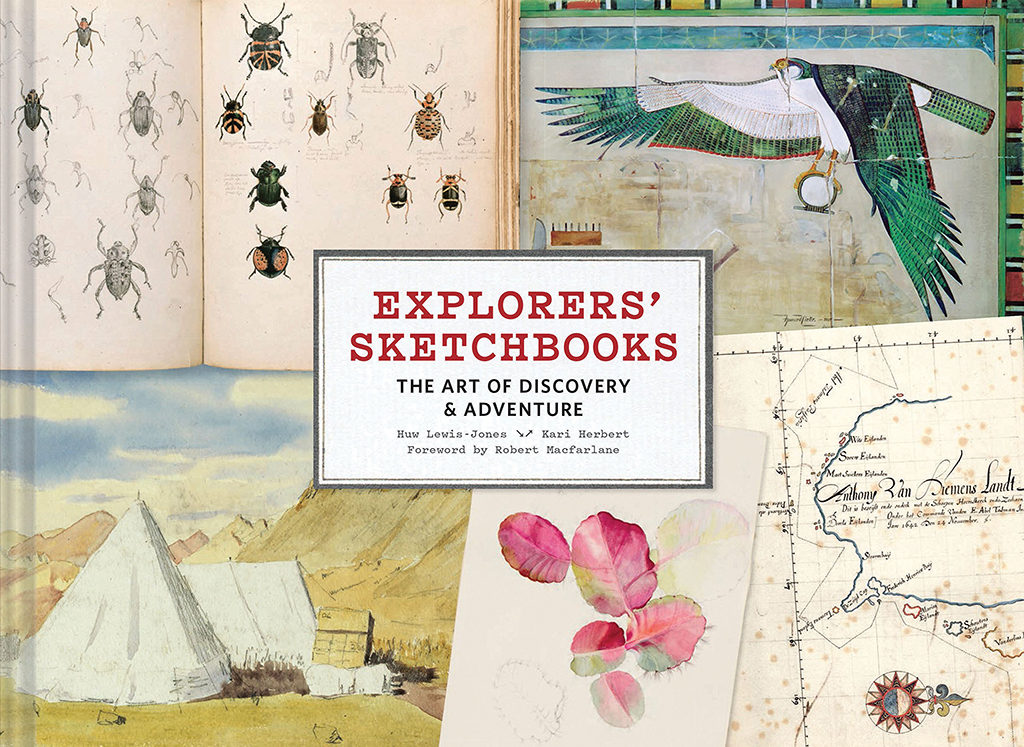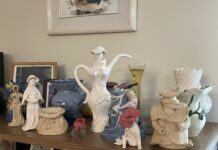If the look of handwriting on an old surface tattered from use grabs your attention or if you admire people who dare to do the seemingly impossible to further scientific inquiry, there are two titles by and about creative spirits to put on your bedside table.
The elegant design and visuals will draw one into “Explorers’ Sketchbooks, The Art of Discovery and Adventure.” The content deepens as the essence of 70 people from all walks of life through the centuries are explained in short histories. Hew Lewis-Jones and Kari Herbert have curated an extraordinary gathering of people committed to study with unrelenting motivation and dedication. The forms of the documents containing what they found regarding aspects of the as-yet unknown world are as varied as the topics addressed. Considering the conditions under which these activities occurred it is a marvel that such evidence exists to continue to instruct and inspire. Humble journals contain ground-breaking findings, some preserved pages were made from and written with whatever was available. Some were created in primitive shelters against extreme weather. The paintings on skins of lambs by proto-Feminist, Maria Sibylla Merian may be the finest.
The book opens with a spread of beautiful shorthand marks shortly followed by Galileo’s wash drawing studies of the moon. With Tony Foster’s accumulation of plastic bags pinned methodically on his studio wall with natural mementos of his walks, these three together have a contemporary conceptual feel. They are juxtaposed among the likes of Carl Linnaeus, “The Prince of Botanists,” who invented the concept of multiple plant names; Captain James Cook, who traveled into and mapped oceans and inhabitants living at waters’ edge before anyone else; and paintings of Alan Bean, one of the Apollo 12 astronauts who walked on the moon. A pithy quotation by each person accompanies their vignette, tucked into one of six poetic categories.
This book is timely, when the experience of interacting with physical books and the direct touch of the hand in making art—even handwriting itself—are gradually becoming quaint or lost skills. This is a collection to savor, one or two people at a time, then seek out more information.
 Add to this, “Made to Last: A Compendium of Artisans, Trades and Projects.” Vanessa Murray presents fifty entrepreneurs willing to take whatever amount of time required to perfect what they do. Driven from a passion for making and love of the process, each is an artist through and through. Like those who have started communal shops or maker spaces where others can learn and work, these individuals are doing their part to keep important crafts and once-common knowledge alive.
Add to this, “Made to Last: A Compendium of Artisans, Trades and Projects.” Vanessa Murray presents fifty entrepreneurs willing to take whatever amount of time required to perfect what they do. Driven from a passion for making and love of the process, each is an artist through and through. Like those who have started communal shops or maker spaces where others can learn and work, these individuals are doing their part to keep important crafts and once-common knowledge alive.
Beautifully photographed, part eye-candy, part how-to, “Made to Last” is an eclectic collection of creators and their work, with advice on the products’ preservation and directions for making your own. For some, this book may bring to mind Stewart Brand’s “Whole Earth Catalogue” or the “Foxfire” series from the first DIY movement in post-modern times. Details even include tips about how to darn or make a perfect fire. The generally high-craft focus in Murray’s book, however, has more in common with the Arts and Crafts movement of the 19th Century when useful objects intentionally made to behold also represented a political stance. As some artists felt a negative encroaching of the Industrial Age, we have become aware of the damage our planet has undergone.
The cover of this book appropriately gives a tip of the hat to the resurging popularity of hand lettering, screen printing and the art of letterpress printing. Like any creation, each noble product contains within and through it, as Murray notes, “the story of its maker.” Some of us may not wish to learn taxidermy or make a chef’s knife, but I send hearty cheers to all who do. On the other hand, with this book’s instructions I see a potential future in my making a shop apron and tool roll, leaven for sourdough bread, beeswax saturated reusable food wraps, a hand painted globe, fermented cider and soap. DIY adventure awaits.
Janet Maher is an associate professor and director of the Studio Arts program at Loyola University Maryland.





